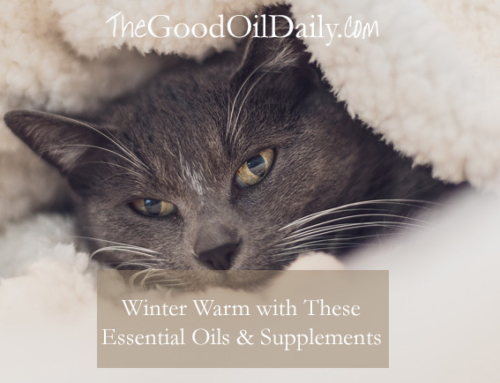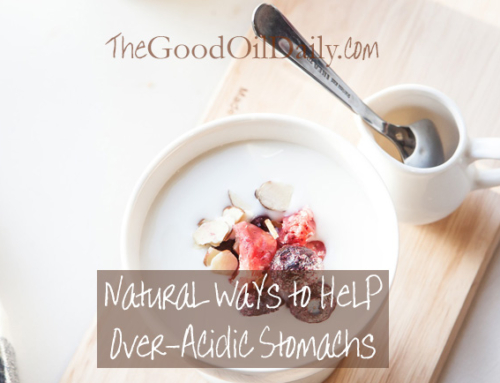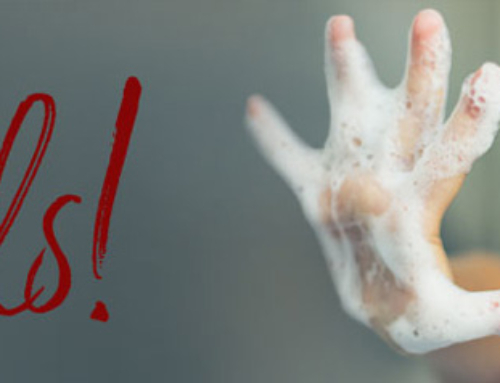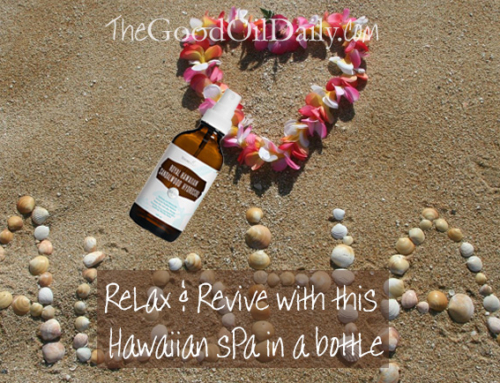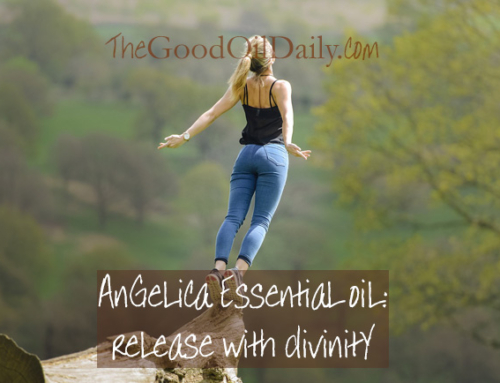Being pale when you’re naturally fair-skinned is beautiful and sun smart, but still seems slow to catch on!
Bronze still seems entrenched as the desired colour of summer. But let’s face it, tanning is not something that’s a healthy past-time. If you still think it’s attractive to risk melanoma, age prematurely and have skin that feels like John Wayne’s old cowboy boots, I’m hoping you’re willing to look at tanning with fresh eyes.
In spite of research and publicity about the risks of being out in the sun, rates of skin cancers are still on the rise. For a nation that scorches in a sunburnt country, we’re ridiculously appalling at the basics like wearing hats. Don’t believe me? Next time you’re out anywhere, do a hat count. It’s scary, quite frankly, and I’ve been as guilty as the next person over the years. I’m on a mission to do better – especially after researching this post!
According to the Cancer Council Australia, “every year in this country:
skin cancers account for around 80% of all newly diagnosed cancers
between 95 and 99% of skin cancers are caused by exposure to the sun
GPs have over 1 million patient consultations per year for skin cancer
the incidence of skin cancer is one of the highest in the world, two to three times the rates in Canada, the US and the UK.”
And 95% of melanomas are caused by sunburn.
Alarmingly, current figures show that In Australia, almost 14% of adults, 24% of teenagers and 8% of children are sunburnt on an average summer weekend. And people are still complacent when it’s cool or overcast, yet the sun’s rays are almost as damaging at those times.
Maybe it’s time for another big push on the Slip, Slop, Slap, Seek (shade) and Slide (on safety standard-approved sunnies).
Lots of myths still abound and when researching today, I found this great myth-busting guide on CNN. In a nutshell, you really need to know these things:
- Tanning alone (unfiltered sun exposure) without burning can (and does) still lead to skin cancers
- Sand reflects 17% of UV radiation so even in the shade, if you’re close to sun-exposed surfaces, slap on the sunblock
- Glass filters out UVA but not UVB rays. Any time you’re sitting next to a window, whether in your home or office or in the car, you’re exposed and need to take precautions
- You will (generally) get enough vitamin D through common foods like milk and the incidental exposure your skin gets every day. Choose a good supplement if needed in the cold months (Young Living has an excellent product called OmegaGize³™ that combine the power of three core daily supplements: omega 3 fatty acids, vitamin D-3, and CoQ10 (ubiquinone). You can order it here.) And some UV rays do still make it through your sunblock to help your vitamin D production
- Up to 80% of UV rays pass through clouds, and up to 80% are reflected by snow, so overcast and cold days are no exceptions to the usual rules
Why do we fly in the face of readily available and publicised sun smart tips and information? Let’s make it sexy to be sun smart and use peer pressure in a good way!
Meanwhile, here’s a perfectly natural and healthy way to have a sunkissed look while being 100% sun safe: add a good balance daily of orange and yellow foods like carrots and sweet potatoes (high in carotene) and spinach and kale (high in beta-carotenes) and these will help bring a warm glow from the inside out. Apparently this really works. A wide range of factors affect how much of these foods will affect your natural skin tone, including genetics, so you could try eating one carrot every day and monitor and adjust from there.
There is talk floating around out there about the SPF factor of carrot seed essential oil. But there’s much misinformation and confusion, too.
For starters, there is a difference between the essential oil of carrot seed that has been steam distilled from wild carrot seeds and carrot oil that is an expressed oil from the root. The latter is not an essential oil. Both have entirely different uses and benefits but as essential oils are often simplified to ‘oils’ when talking about them, it can lead to misunderstandings.
High in the compound Carotol (30-40%), carrot seed essential oil (Daucus carota sativa) has a long history of use going back to ancient Greeks and Indians. With its woody, earthy fragrance, diffusing it is both rejuvenating and relaxing.
Carrot seed essential oil is often added to skincare products for valuable skin-nurturing goodness.
But neither carrot oil should not be thought to add any SPF protection whatsoever as there appears to be no research that proves it to be so. And SPF isn’t something you want to guess about or mess around with!
After all this bronzing talk, I’d like to make an important point on behalf of half my immediate family members who happen to have red hair and freckles: Let’s stop putting a ‘sun-kissed glow’ up on a pedestal unless it’s your natural skin tone.
To all the fair-skinned people in the world who go through the daily irksomeness of covering up and being judged by way too many people as strange for going above and beyond to protect their skin and honour their natural attributes: You are sun smart and awesome! We should all be more like you.
This will also connect you up with The Good Oil Team for our personal support and coaching. We'd love to help you on your journey to vibrant well-being the natural way!
Any questions? Please get in touch via our Contact page.
My preferred source of oils is Young Living. All Young Living oils are guaranteed pure from seed to seal, unlike so many brands out there in the marketplace. You really do get what you pay for. You can check it out with your own eyes in this short video.
Essential oils are potent, so as always, please follow directions on the bottle and the usual guidelines for safe use of authentic essential oils.


